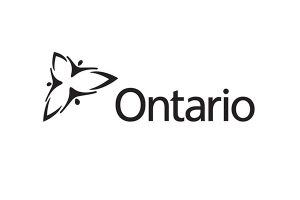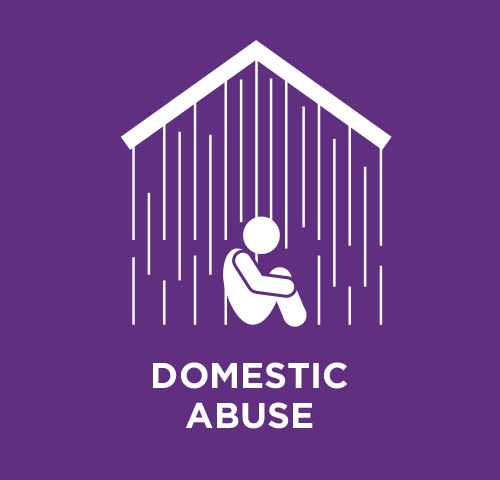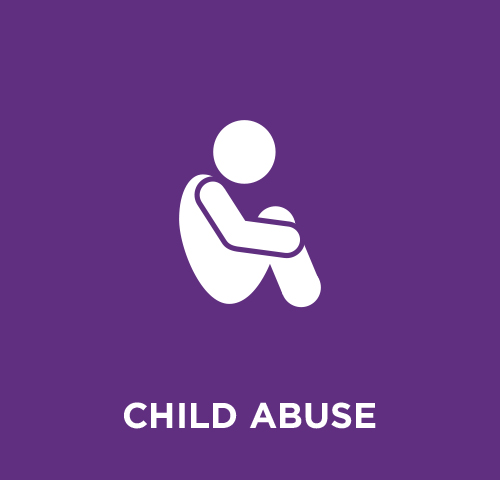The biggest challenge is determining what is abuse, and what is normal sibling behaviour. Almost all siblings fight. Abuse occurs when one sibling consistently intimidates, terrorizes or controls another.
On this page:
Identifying Sibling Abuse
Types of Abuse
- Psychological: any act that diminishes a sibling’s sense of identity, dignity, and self-worth through such things as name calling, shaming, threats, false accusations, manipulation, provocation, and destroying a sibling’s belongings.
- Physical: the deliberate intent to cause physical harm or injury
- Sexual: may involve sexual touching or rape and also includes: forcing two or more children to engage in sexual activity with one another; forcing siblings to watch sexual activity or pornography, and repeatedly watching them dress, shower, or use the toilet when they do not want to be watched
Risk Factors
- exposure to different forms of violence, for example through other family violence
- unhealthy family relationships, parental neglect or lack of supervision, favouritism
- parental acceptance of abuse, silence and ignorance
- sex of child (younger female siblings are more often victims)
- age of child (older siblings are more commonly the abusers)
- the abuser has their own experiences of being bullied or abused
Red Flags
- Changes in behaviour
- afraid or nervous around certain siblings
- depression and withdrawal
- changes in sleep patterns
- change in performances at school, activities
- loss of self-confidence, self-esteem
- Physical signs such as bruising, trouble walking, sitting, etc
- Relationship and power dynamics between the siblings
- Overly sexualized behaviour
- use of explicit sexual language that is age inappropriate
- sexual drawings or language
- acting in a sexually explicit way towards adults
Tips for Getting Help
Get Help! Talk to a teacher, family member, doctor, or someone you trust for advice and support.
Early Intervention
- Reward sensitive, positive behavior among brothers and sisters.
- Set ground rules early regarding “no hitting” policies, name-calling, belittling, taunting, and terrorizing.
- After a conflict between siblings, take the time to discuss how each child is feeling and help them forge a compromise.
- Give your children reminders when they begin picking on each other and help them remember to problem solve.
- Teach your children how to compromise, respect one another, and divide things fairly.
- Role model the management of anger and good conflict resolution skills.
- If the conflict has escalated, there is professional help.
Helpful Articles
- Sibling Abuse and Bullying (psychologytoday.com)
- Sibling Bullying and Abuse – the Hidden Epidemic (psychologytoday.com)
Resources

Eagles Nest: HOPE Centre (Home of Practical Education) offers a variety of services and supports including counselling, coaching, support groups and educational classes to individuals and families seeking to achieve positive change in their lives with a focus on building self worth, cultivating healthy relationships and navigating through trauma or difficult circumstances.

ShelterSafe.ca is an online resource for women and their children seeking safety from violence and abuse. It allows women to quickly find and connect with the nearest shelter in a specific geographic area that can offer safety, hope, and support.

Support Services for Male Survivors of Sexual Abuse provides help for male survivors of sexual abuse, through individual and group counselling, peer support, telephone and online counselling, and referrals to other appropriate community support services to meet other long-term needs.
1-866-887-0015: 24 hour, multilingual, toll-free phone line for immediate crisis and referral services.
Back to Living with Abuse



